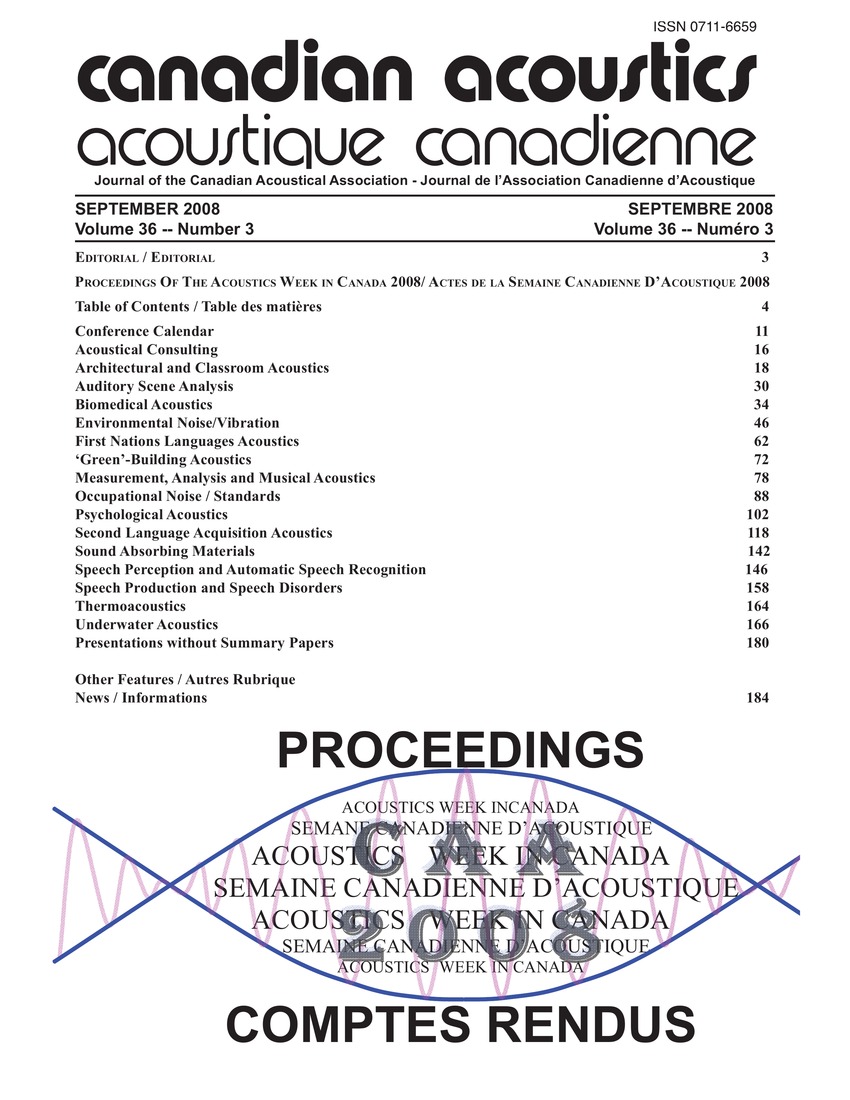A semi-analytical approach to the study of the transient acoustic response of cylindrical shells
Keywords:
Electric currents, Fourier analysis, Fourier series, Fourier transforms, Harmonic analysis, Mathematical transformations, Separation, Shells (structures), Underwater explosions, Acoustic responses, Analytical approaches, Computing, Cylindrical shells, Elastic structures, Fourier, Fourier modes, Frequency domains, Full elastic models, Interaction problems, Laplace variables, Matrix inversions, Numerical inversions, Semi-analytical methods, Series expansions, Weak shock wavesAbstract
A semi-analytical method related to the effects of a weak shock wave on submerged evacuated cylindrical elastic structure is presented. The circular shell/acoustic medium interaction problem has already been tackled in the frequency domain with a full elastic model by Pathak and Stepanishen. The approach is based on the methods of Laplace transform in time, Fourier series expansions and separations of variables in space. The solution consists of simple matrix inversions for each point of the Laplace variable and Fourier mode, numerical inversions of the Laplace transforms and Fourier series summations. the method is shown by computing the shell response to a weak underwater explosion.Additional Files
Published
How to Cite
Issue
Section
License
Author Licensing Addendum
This Licensing Addendum ("Addendum") is entered into between the undersigned Author(s) and Canadian Acoustics journal published by the Canadian Acoustical Association (hereinafter referred to as the "Publisher"). The Author(s) and the Publisher agree as follows:
-
Retained Rights: The Author(s) retain(s) the following rights:
- The right to reproduce, distribute, and publicly display the Work on the Author's personal website or the website of the Author's institution.
- The right to use the Work in the Author's teaching activities and presentations.
- The right to include the Work in a compilation for the Author's personal use, not for sale.
-
Grant of License: The Author(s) grant(s) to the Publisher a worldwide exclusive license to publish, reproduce, distribute, and display the Work in Canadian Acoustics and any other formats and media deemed appropriate by the Publisher.
-
Attribution: The Publisher agrees to include proper attribution to the Author(s) in all publications and reproductions of the Work.
-
No Conflict: This Addendum is intended to be in harmony with, and not in conflict with, the terms and conditions of the original agreement entered into between the Author(s) and the Publisher.
-
Copyright Clause: Copyright on articles is held by the Author(s). The corresponding Author has the right to grant on behalf of all Authors and does grant on behalf of all Authors, a worldwide exclusive license to the Publisher and its licensees in perpetuity, in all forms, formats, and media (whether known now or created in the future), including but not limited to the rights to publish, reproduce, distribute, display, store, translate, create adaptations, reprints, include within collections, and create summaries, extracts, and/or abstracts of the Contribution.


